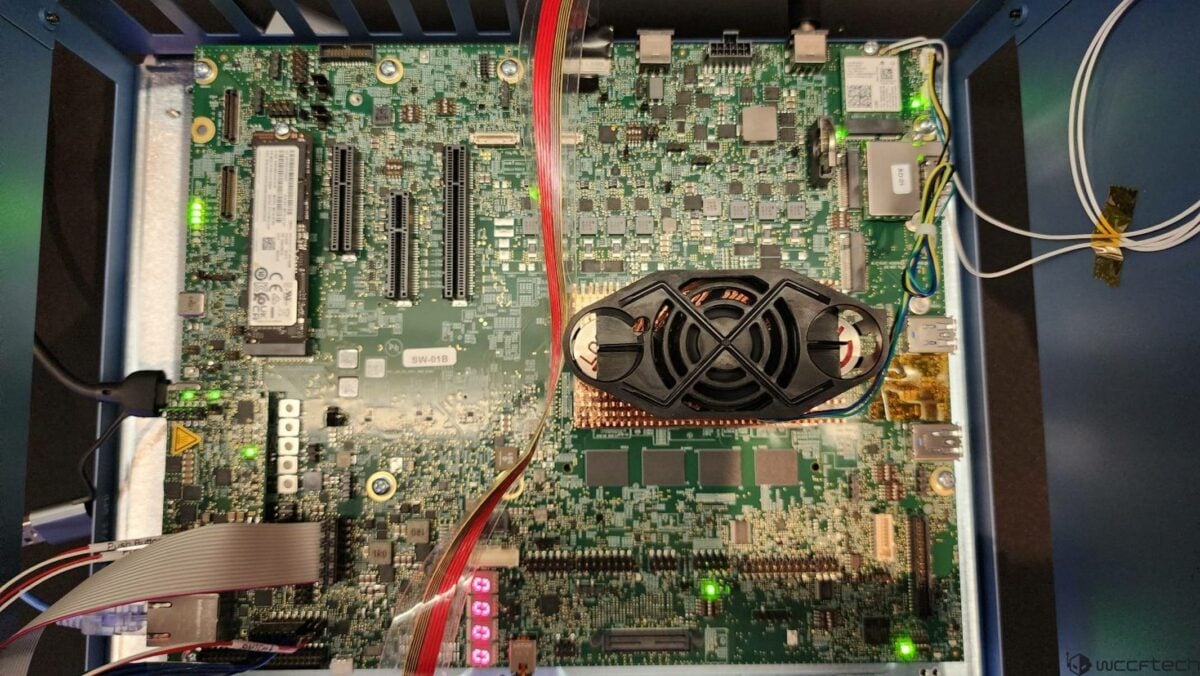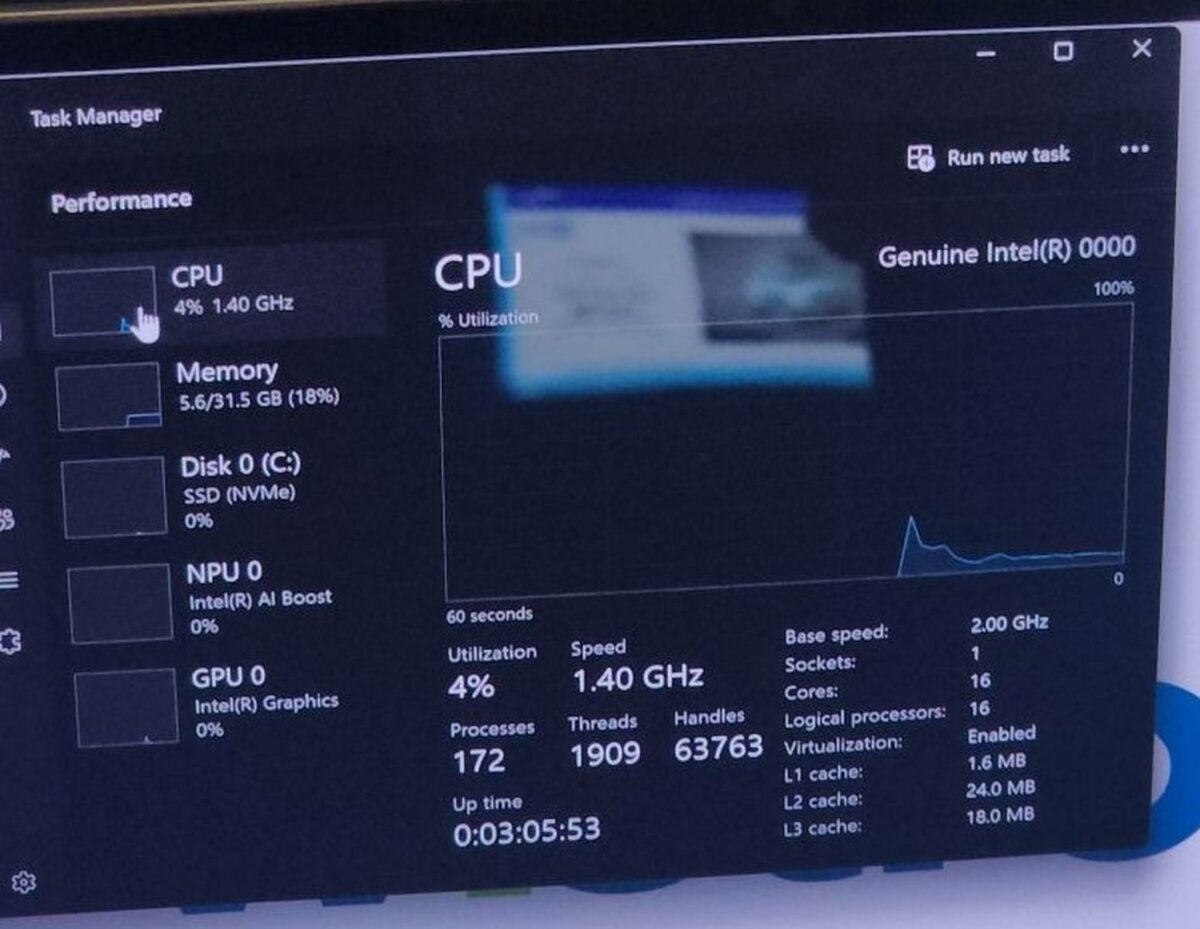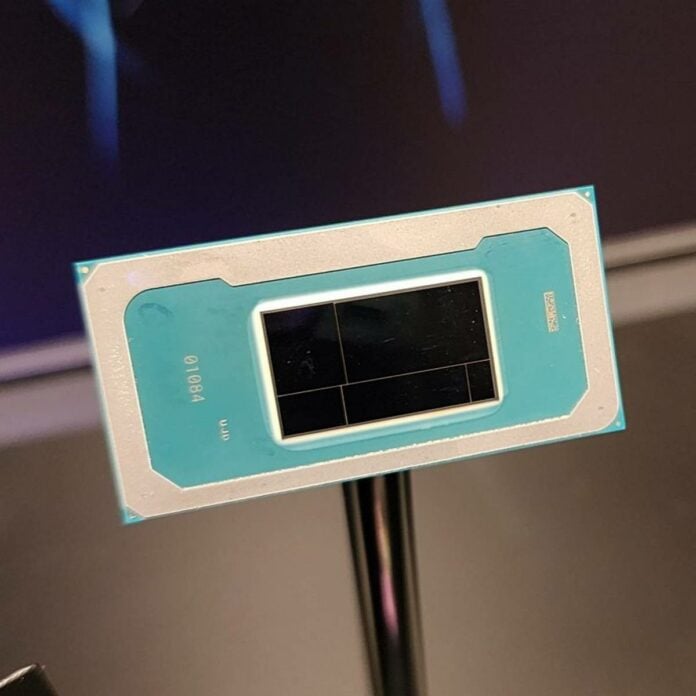Intel has showcased its upcoming Panther Lake CPU architecture at Computex 2025, set to power Core Ultra 300 Series. These demos included prototype chips, testing platforms, works in progress, and most importantly, the brand’s targets for efficiency and performance.
Succeeding Arrow Lake U/H Series, Panther Lake is once more adopting Team Blue’s tile design, featuring five tiles comprised of the main Compute, GPU, SOC, I/O, plus a filler tile to pad any gaps and maintain the rigidity of the ensemble. The Compute tile takes up the most space, housing the brand’s Cougar Cove P-cores and Darkmont E-cores. Configurations are rumoured to range from four P-core only designs to four P-core, eight E-cores, plus four LP-E-cores options. Once more, multi-threading seems absent to improve power efficiency.
Intel will manufacture these tiles using its 18A (1.8nm) process node, marking the first consumer use of RibbonFET transistors and PowerVia backside power delivery. These new technologies promise performance gains and power leakage reductions by enabling tighter current control and by moving the power lanes to the back side of silicon.

On the GPU side, while performance is still under wraps, we can expect a noticeable bump over existing solutions thanks to the move to Xe3 Celestial graphics architecture. Better yet, high-end Panther Lake models are expected to pack up to 12 Xe3 cores against eight Xe2 on Lunar Lake and Arrow Lake-H.
Intel confirmed that Panther Lake combines the power efficiency of Lunar Lake and the performance of Arrow Lake-H, targeting between 15W on the U series and 25W on the H series according to leaks. These figures can be exceeded for short durations up to 45W (PL2). The brand also announced support for DDR5 plus LPDDR5X memory, PCIe 5.0, and Thunderbolt 5.

Team Blue displayed multiple laptops based on Panther Lake CPUs, including many thin models. Though their designs may not be final. Some units have been spotted running between 2GHz and 3GHz. The brand also teased potential boost clocks above 5GHz, which would be great for mobile devices even if said speed could only be maintained for short bursts.
Intel plans to debut volume production of Panther Lake in H2 2025, with one model released for OEMs before the end of the year. Consumer rollout and wide availability are set for early 2026. Panther Lake represents the brand’s hope to reclaim its manufacturing and architectural leadership by moving to a leading-edge 18A node married with its hybrid core design. We can expect more details and performance estimates as CES 2026 comes closer.


